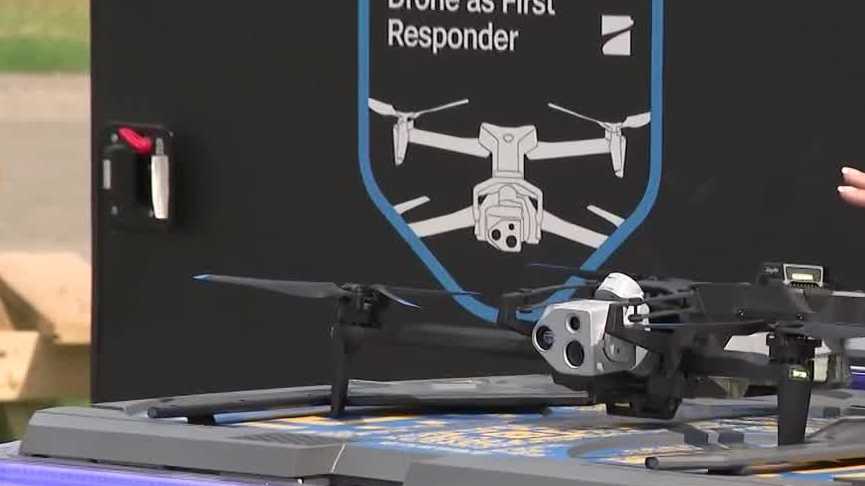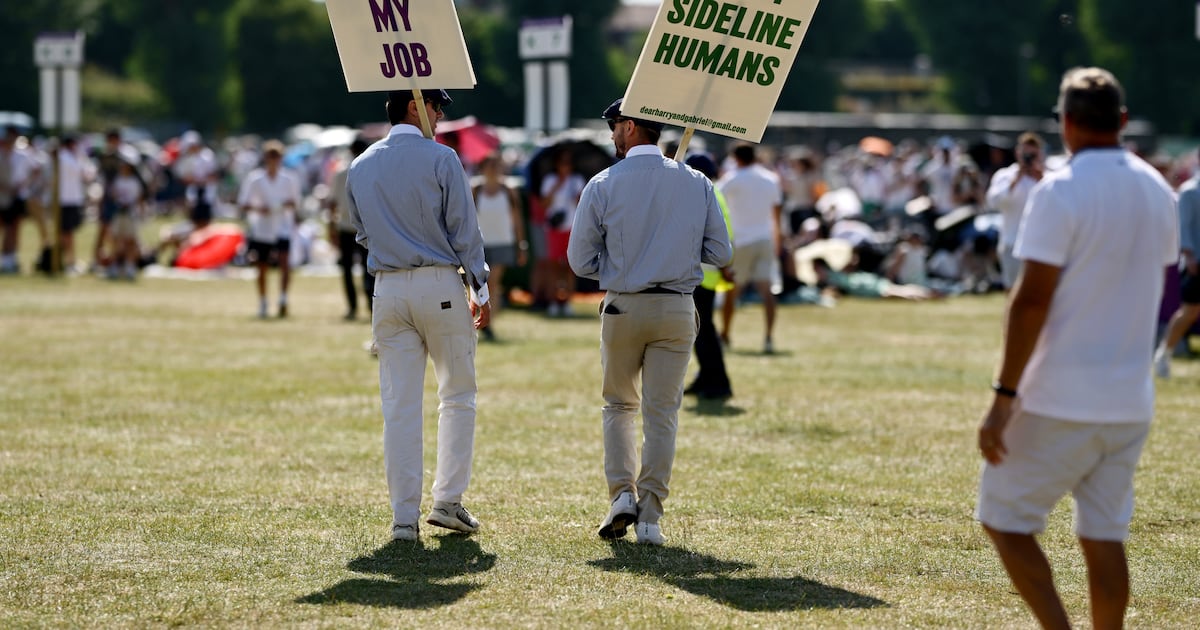Wimbledon Tech Drama: Hawk-Eye Howler Costs Pavlyuchenkova Key Moment

Wimbledon, the most prestigious tennis tournament in the world, was rocked by controversy today as Hawk-Eye line calling technology malfunctioned during Anastasia Pavlyuchenkova’s match. The unseeded Russian player was visibly frustrated after a clear 'out' ball was incorrectly called 'in,' costing her a crucial game point at 4-4 in the first set. The incident has reignited the debate surrounding the reliability of automated line calling systems and their impact on the fairness of the game.
The moment occurred during a tense rally, with Pavlyuchenkova serving to stay level with her opponent. The ball, by all accounts and the judgement of many watching, landed well outside the line. However, Hawk-Eye, the electronic line calling system used at Wimbledon and other major tournaments, flashed 'in,' leaving Pavlyuchenkova and the crowd stunned. The chair umpire, bound by the rules to accept Hawk-Eye’s decision, had no choice but to award the point to her opponent.
“Stop, stop!” Pavlyuchenkova was heard shouting in disbelief, gesturing emphatically to where she believed the ball had landed. Her frustration was palpable, and the incident sparked a wave of discussion across social media, with viewers questioning the accuracy of the technology and the potential for such errors to influence match outcomes.
The Hawk-Eye Controversy: A Growing Concern
While Hawk-Eye has largely been praised for reducing disputes and speeding up play, incidents like this highlight the inherent risks of relying solely on automated systems. The technology, while sophisticated, is not infallible. It uses cameras to track the trajectory of the ball and predict where it landed, but factors like shadows, camera angles, and the speed of the ball can all affect its accuracy. It's crucial to remember that Hawk-Eye is designed to be 99.9% accurate, meaning there’s still a small margin for error.
This isn't the first time Hawk-Eye has come under scrutiny. Over the years, there have been several instances where the system has made incorrect calls, leading to frustration for players and debate among fans. While these occurrences are relatively rare, their impact can be significant, particularly in high-pressure situations like a Wimbledon final.
Impact on the Match and the Future of Line Calling
The lost game point clearly affected Pavlyuchenkova's momentum. While she fought hard, she ultimately lost the first set and the match. The incident served as a stark reminder of how a single, incorrect call can alter the course of a match.
The question now is: what does this mean for the future of line calling in tennis? Should tournaments continue to rely solely on Hawk-Eye, or should they incorporate a system that allows for human review of disputed calls? The All England Club has stated they are reviewing the incident and will consider any necessary adjustments to their procedures. Ultimately, the goal is to ensure fairness and maintain the integrity of the sport while embracing technological advancements. The debate is sure to continue, especially if similar incidents arise in future matches. The incident also raises questions about player recourse and potential challenges to rulings based on faulty technology – a complex legal and sporting landscape that will likely evolve as the reliance on automated systems increases.
For now, tennis fans will be watching with renewed scrutiny, hoping that the technology continues to improve and that the human element—the ability to overrule or review—remains a crucial safeguard against potentially game-changing errors.






